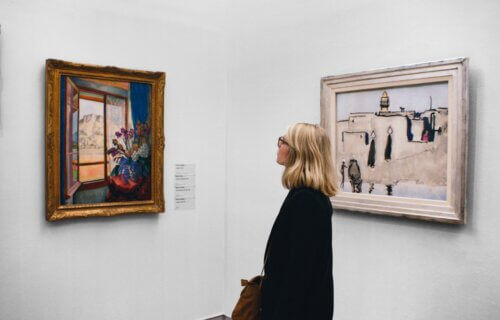FLORENCE, Italy — For art lovers, a new study finds that the details really do make a big difference. Researchers in Italy have discovered that visitors at a modern art museum spent more time looking at the artworks and showed more signs of excitement when they could read a detailed description of each piece, as opposed to just seeing basic labels.
The study was conducted by Serena Castellotti from the University of Florence and her colleagues, aiming to improve the cultural and aesthetic experience of non-expert visitors at art museums.
To better understand how museum-provided descriptions of art could influence a visitor’s experience, the researchers conducted an experiment with 30 university students. During their first visit to a modern art museum, the students received basic descriptions of each artwork, including the author, title, year, and technique. About a month later, 10 of these participants returned and repeated the visit, receiving the same basic descriptions as before. Meanwhile, 20 participants received more detailed descriptions of each artwork, including information about its background and meaning.
The results showed that the 20 students who received the detailed descriptions during their second visit spent significantly more time viewing each artwork compared to their first visit. On the other hand, the 10 control participants, who received the same basic descriptions, spent significantly less time in the museum during their second visit. Additionally, the participants who had more detailed descriptions exhibited physical signs of excitement, such as dilated pupils and increased skin electrodermal activity.
These students also reported experiencing more positive emotions and fewer negative emotions during their second visit, finding the artworks more comprehensible and less complex. Interestingly, their aesthetic appreciation for the artworks did not change, even after receiving the more detailed descriptions.
Scroll down to see 4 of the most expensive pieces of modern art displayed in the U.S.
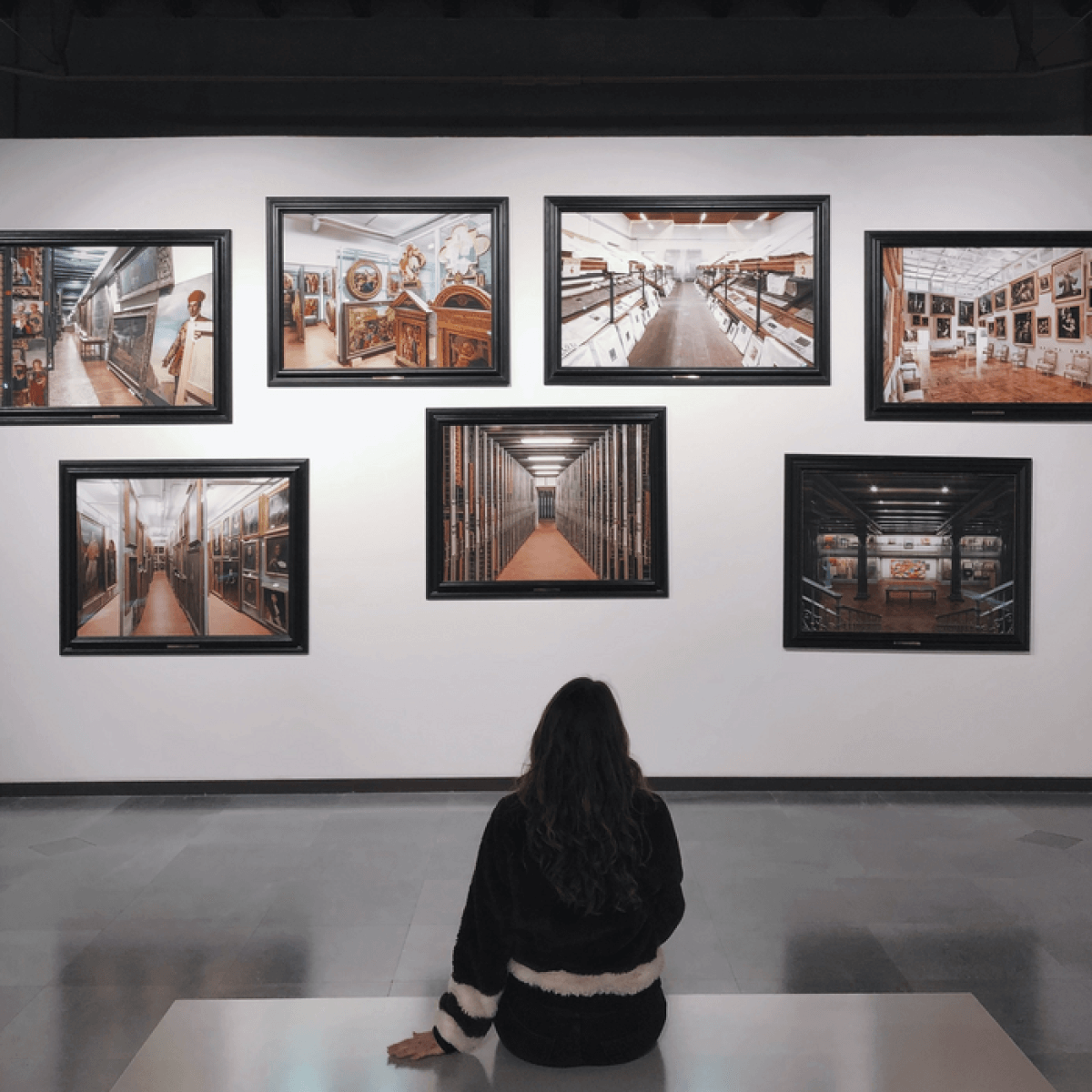
You might also be interested in:
- Best Art Museums In America: Top 5 U.S. Galleries, According To Experts
- Best Children’s Museums In America: Top 5 Venues For The Family, According to Experts
It’s important to note that these effects might be specific to modern art, which tends to be less familiar and perhaps less approachable for the average person compared to classical art. The findings of this study suggest that museum visitors might benefit from modern art labels with more detail or explanations about the artwork, technique, and its artist.
In summary, providing more detailed information about modern art pieces could potentially enhance the overall experience of non-expert visitors at art museums. Spending more time viewing the artworks and feeling more engaged may lead to increased interest and understanding, even though it doesn’t necessarily affect how much visitors appreciate the art.
“Reading detailed information about artworks leads to psychophysiological and behavioral changes, suggesting higher comprehension and liking and a more satisfying aesthetic experience,” the study authors conclude in a media release.
The study is published in the open-access journal PLoS ONE.
What are the most expensive pieces of modern art on display in the United States?
“No. 5, 1948” by Jackson Pollock: This painting, which is considered one of Pollock’s finest drip paintings, was reportedly sold for $140 million in 2006. While it is not on permanent public display, it has been exhibited in various museums and galleries in the United States.
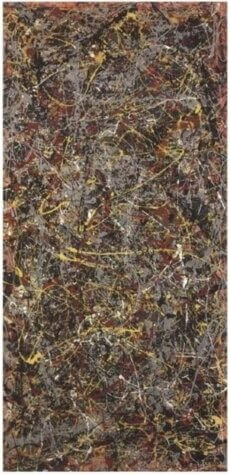
“Portrait of Adele Bloch-Bauer I” by Gustav Klimt: Also known as “The Woman in Gold,” this painting was completed in 1907 and is considered one of Klimt’s masterpieces. It was sold for $135 million in 2006 and is currently on display at the Neue Galerie in New York City.
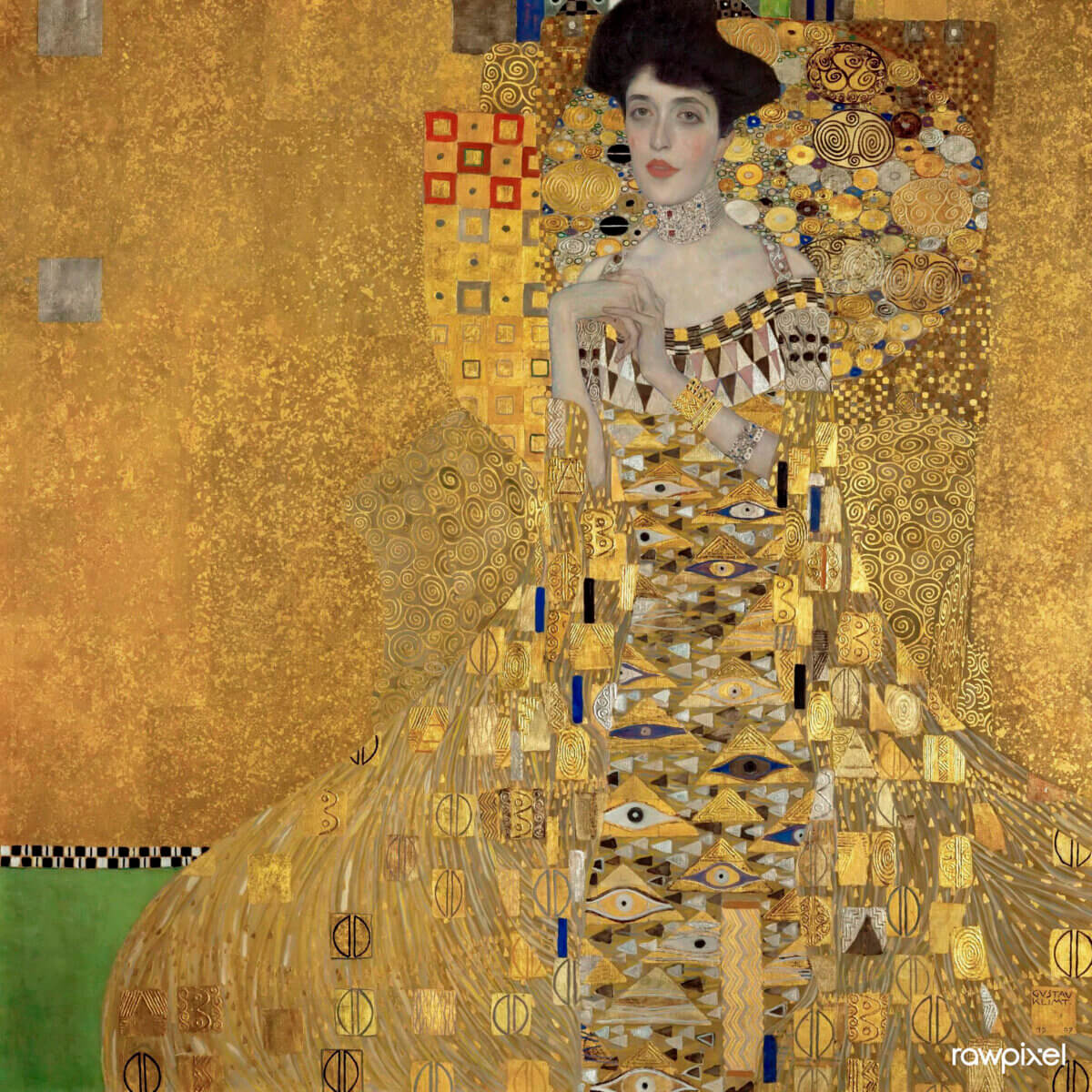
“Three Studies of Lucian Freud” by Francis Bacon: Painted in 1969, this triptych features Bacon’s friend and fellow artist Lucian Freud. It was sold for $142.4 million in 2013 and has been exhibited in various museums and galleries in the United States, including the Portland Art Museum and the Museum of Modern Art in New York.
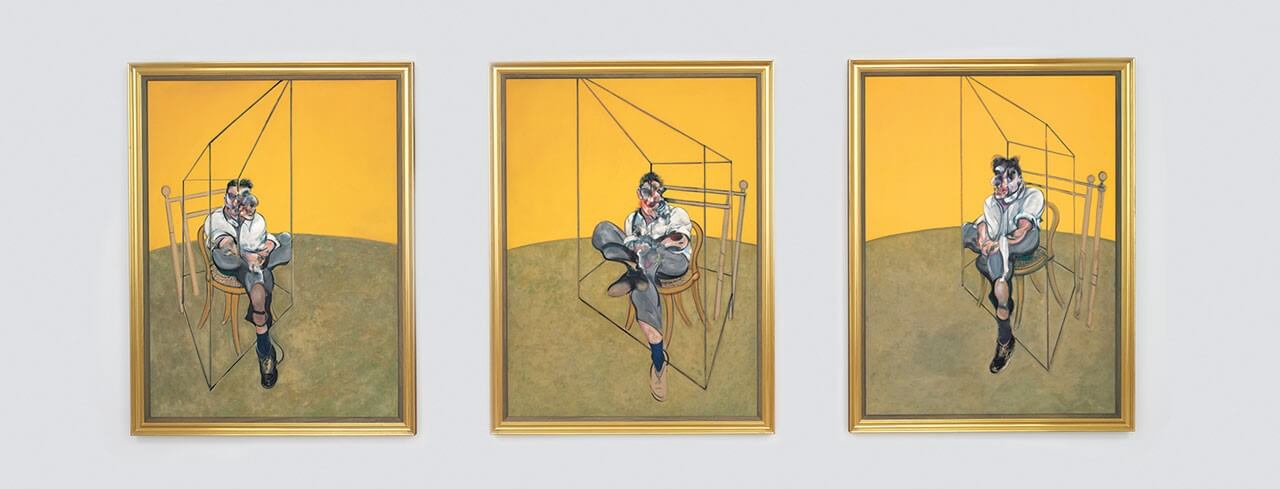
“Interchange” by Willem de Kooning: Created in 1955, this painting was sold for $300 million in 2015, making it one of the most expensive artworks ever sold. Although it is not on permanent public display, it has been exhibited in various institutions in the United States, such as the Art Institute of Chicago.
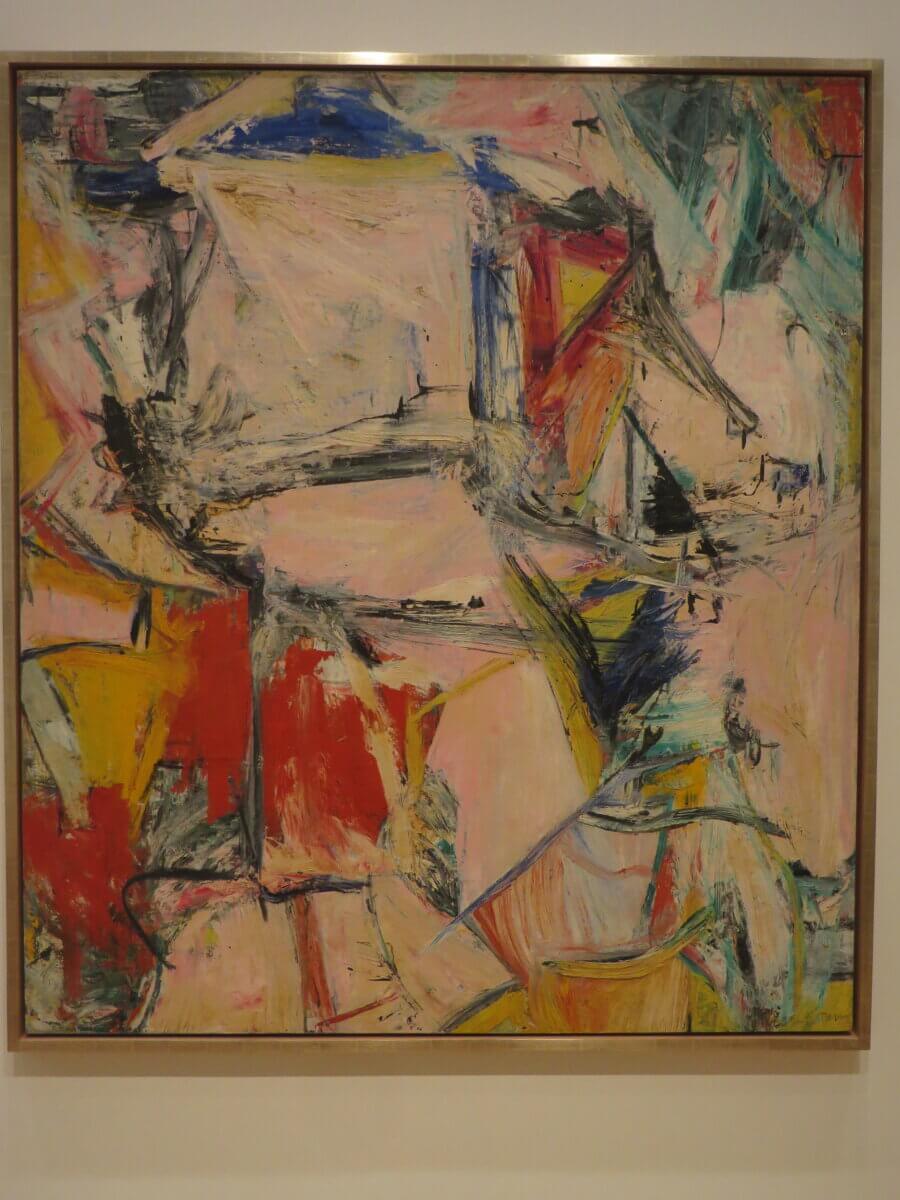
South West News Service writer Stephen Beech contributed to this report.

